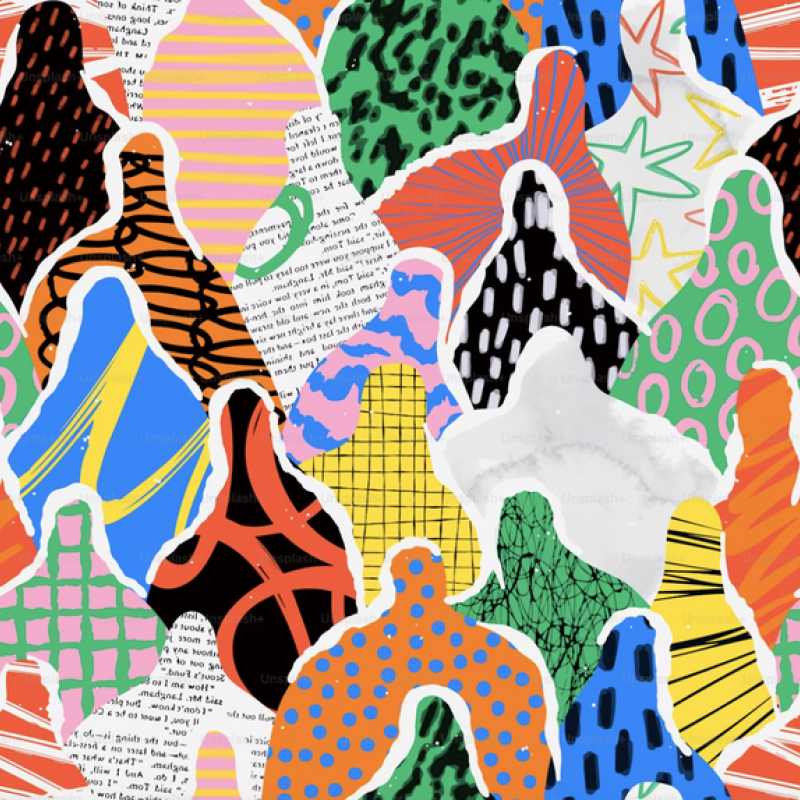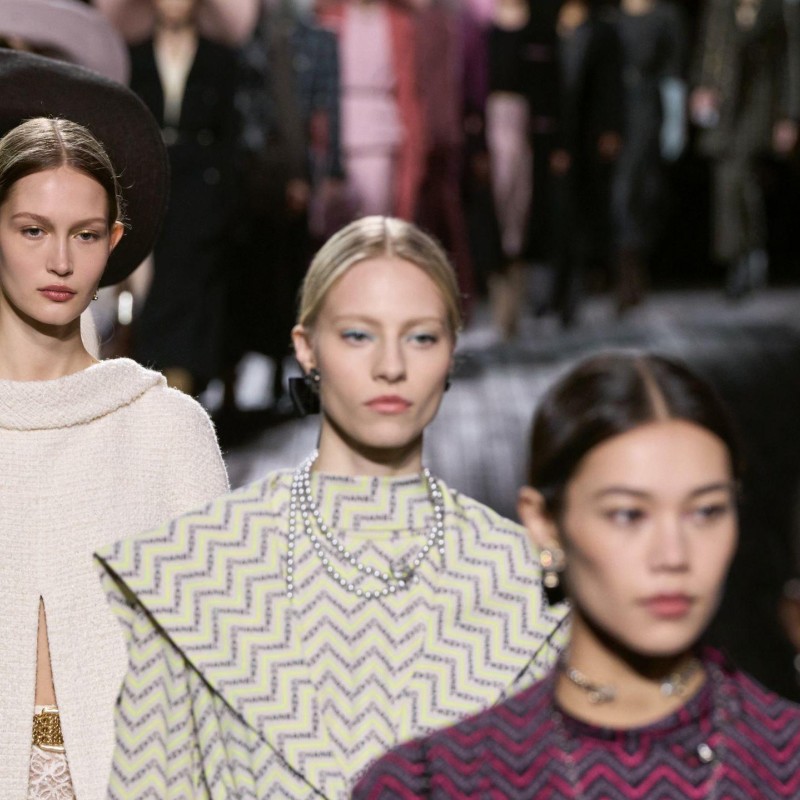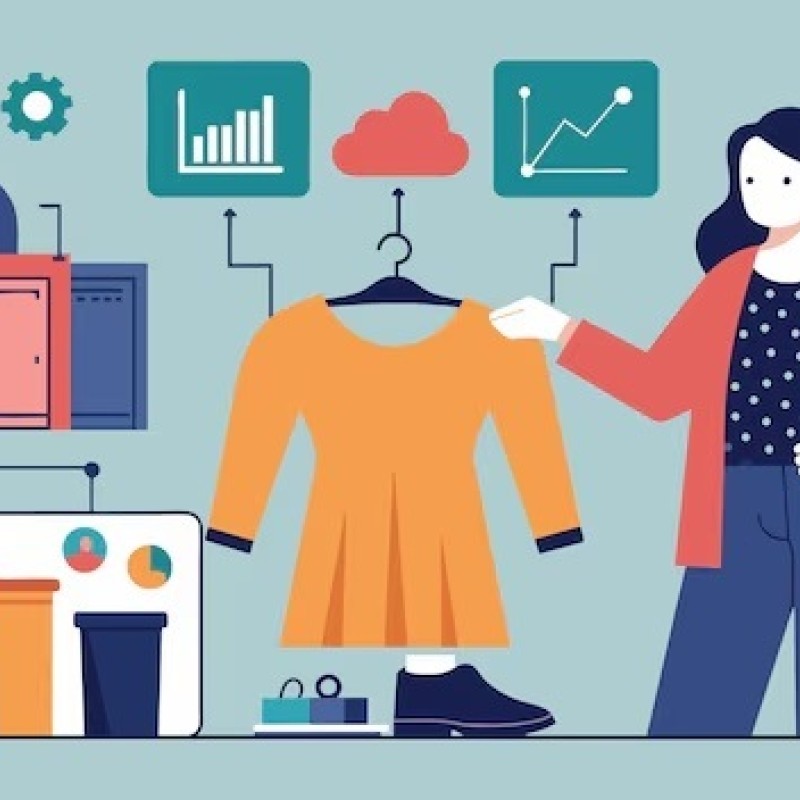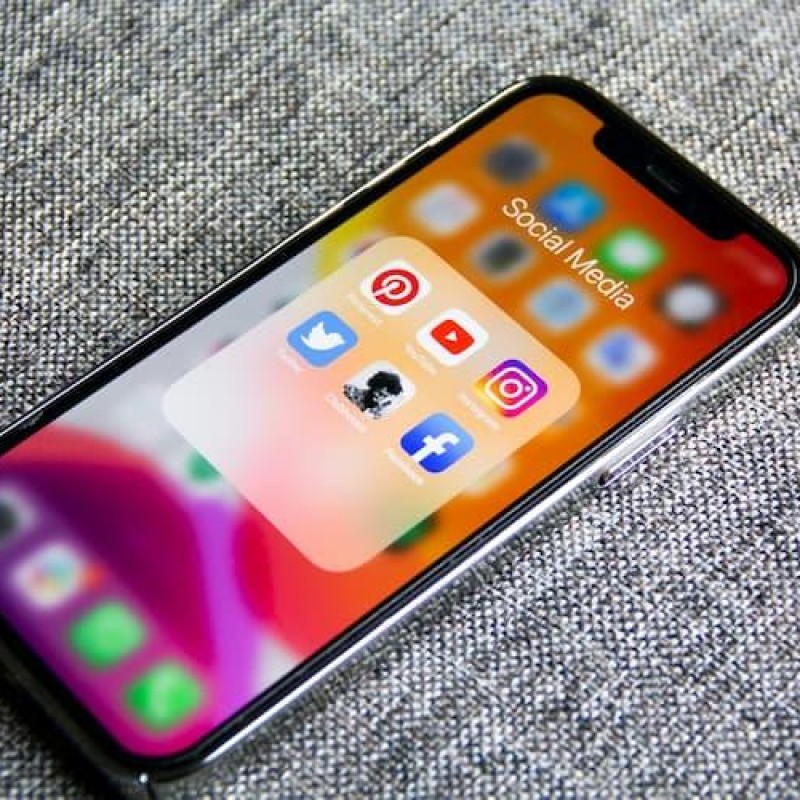As society grows and changes, so do the clothes and accessories we use to express ourselves. Over the decades, fashion has reflected new technological advances, political changes, music, and the general desires of consumers. With our growth as a society happening faster and faster, clothes are rapidly changing as a result. From the rise of digital design to a stronger push for sustainability, fashion is at a critical turning point. Professionals in the industry must stay on top of these trends to remain relevant and build a more conscious, innovative future.
In this article, we’ll explore the current challenges fashion is facing and dive into the trends reshaping design, production, and consumption. We’ll also highlight what fashion professionals can do today to prepare for tomorrow.
As our society is shifting and changing at a very fast rate, we have to look at what that means from a sustainability perspective. One of the biggest issues is the environmental impact of fast fashion. The industry is responsible for massive textile waste, water pollution, and a high carbon footprint, making it one of the most environmentally damaging sectors globally.
With environmental concerns, ethical issues are very much evident. Many supply chains lack transparency, leading to unsafe working conditions and unfair wages for garment workers. Overproduction remains another critical challenge. With the relentless demand for new clothing every season, brands are pushed to keep up with the pace if the buyer. This creates many pieces of unsold clothing, which end up being discarded and wasted.
Additionally, brands are struggling to balance profitability with sustainability. As consumers become more informed, they demand greater accountability, putting pressure on companies to rethink their practices. Addressing these problems isn’t just a moral responsibility; it’s a necessity for survival in an increasingly conscious marketplace.
With technological advances happening each day, the way we design clothes is on the path of changing dramatically. Future fashion will merge creativity with function, embracing innovations that prioritize both aesthetics and sustainability. Designers are turning to new materials, such as biodegradable textiles and lab-grown fabrics, to reduce environmental impact while pushing creative boundaries.
Artificial intelligence (AI) is also transforming design processes. With AI-generated concepts and algorithms that analyze consumer data, brands can create personalized pieces and predict trends with greater accuracy. Digital clothing and virtual garments are gaining popularity as well, offering consumers new ways to express themselves online without physical waste. These innovations signal a future where design is smarter, more personalized, and more planet-friendly.
Sustainability is no longer a niche concern. It’s becoming a core expectation. Consumers want to know where their clothes come from and how they’re made, pushing brands to adopt more transparent and ethical practices.
Part of the shift is the idea of circularity. Many brands are introducing rental, resale, and upcycling programs to extend product life cycles and reduce waste. Closed-loop systems, where old garments are collected and turned into new products, are becoming more common. These models not only reduce environmental impact but also meet the growing consumer demand for longevity and authenticity.
Local production and on-demand manufacturing are other powerful solutions. By producing garments closer to where they’re sold and only in response to actual demand, brands can minimize overproduction and lower their carbon footprint. Advances in technology, such as 3D knitting and automated cutting, make these systems more efficient and accessible. This move toward local and responsive manufacturing represents a fundamental shift away from the traditional mass production model.
Technology is rewriting the rules of fashion—from how we design to how we shop. Here are a few new ways of looking at how technology is influencing the space.
Virtual and augmented reality (VR/AR) are revolutionizing the customer experience, offering virtual try-ons, immersive fashion shows, and digital showrooms that connect consumers and brands in entirely new ways. For example, luxury labels like Balenciagaand Gucci have experimented with AR filters and fully virtual collections, while smaller, digital-native brands are using VR to host exclusive launch events. As these technologies become more accessible, they’re set to redefine how we discover, engage with, and buy fashion, blurring the lines between physical and digital worlds and opening up endless opportunities for creativity and community building.
AI and data-driven design are enabling brands to analyze massive amounts of data to understand trends and create hyper-personalized collections. Beyond physical products, the rise of NFTs and virtual outfits for gaming and online avatars highlights fashion’s expansion into digital spaces. This blend of technology and creativity is opening up fresh possibilities for self-expression and business growth.
Consumer values are shifting rapidly, especially among younger generations. Today’s shoppers prioritize sustainability, diversity, and authenticity over mass-produced, trend-driven fashion. This change is driving the rise of direct-to-consumer (DTC) models and a decline in traditional retail structures.
Social commerce—shopping directly through social media platforms—and influencer marketing are also playing a significant role in purchasing decisions. Consumers are no longer passive recipients of trends; they are active participants in shaping them. Brands must be ready to engage with communities in more personal and authentic ways.
Physical retail is transforming to keep up with new consumer expectations. Rather than chasing constant newness, many brands are moving toward smaller, more curated collections that emphasize quality over quantity.
Experiential and community-based retail is also on the rise. Stores are becoming spaces for connection rather than just transactions, hosting events, workshops, and educational programs that align with brand values. By fostering strong communities, brands can build lasting loyalty and deepen relationships with their audiences.
The best thing you can do as a professional working in fashion is to become adaptable and a continuous learner! When you have a strong understanding of sustainable fabrics, circular models of clothing, innovative new ways to design, and digital design, you can better plan for future trends made by consumers. Make sure you are always looking to collaborate with other fashion professionals and learn from them online or at events in real life.
It’s also essential to adapt to new business models, including hybrid and e-commerce approaches. The industry is moving toward a future where flexibility, transparency, and consumer collaboration are key. By staying proactive and open to experimentation, professionals can not only survive but thrive in this dynamic landscape.
The future of fashion is both exciting and challenging. As the industry confronts urgent problems—environmental degradation, labor issues, and overproduction—it also embraces unprecedented opportunities for innovation and positive change. Those who are willing to evolve, learn, and lead with purpose will help shape a more sustainable, inclusive, and imaginative fashion world.
Now is the time to act. Stay connected, stay curious, and prepare to be part of the transformation. Connect with us at Beyond Talent for the latest industry insights, career tips, and opportunities to future-proof your fashion journey.





Beyond Talent
Fashion Recruitment Agency
Specialising in Senior and Executive recruitment for the luxury fashion, lifestyle and beauty industries worldwide.
Head Office Address
20-22 Wenlock Road, London, N1 7GU
Contact Us